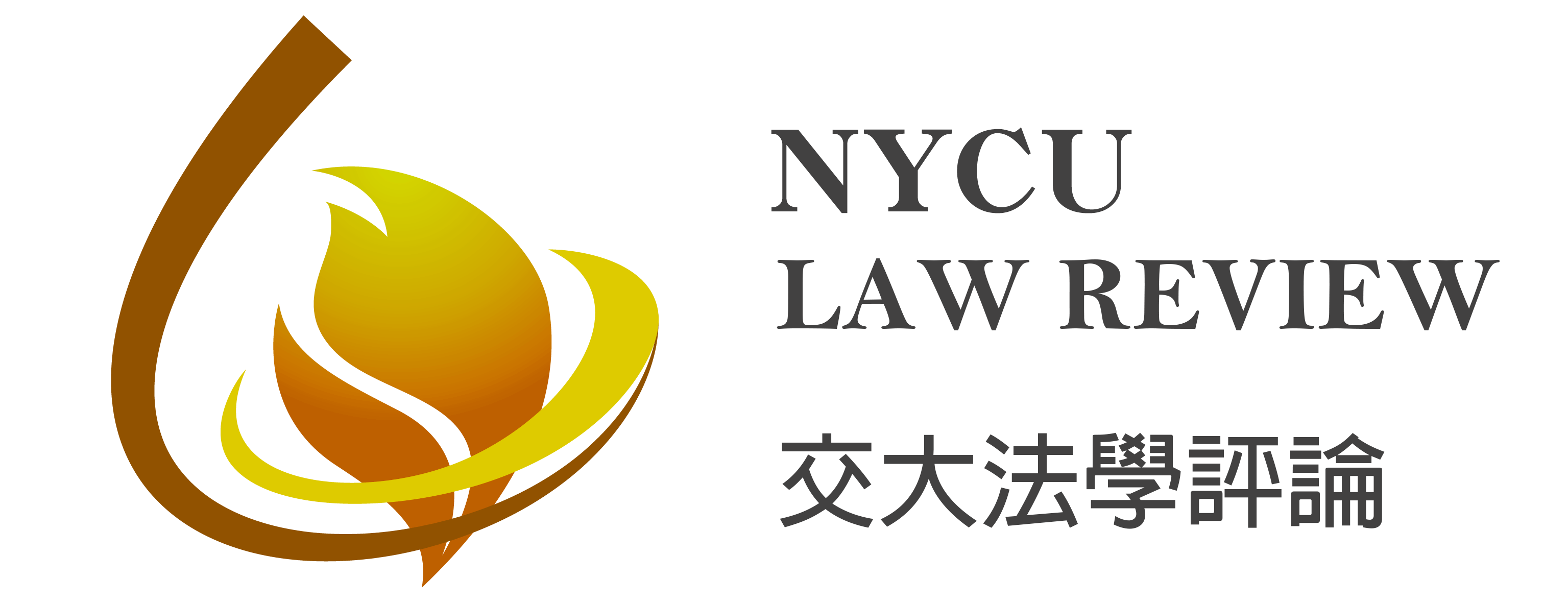| Title | |
| Distinction between Repair and Reconstruction of a Patented Product and Category of Cases in United States | |
| Author | |
| Jia-Lin Chen | |
| Keywords | |
| patented product, repair, reconstruction, patent exhaustion doctrine, implied license | |
| Abstract | |
| The purchaser of a patented product sold by the patentee or its licensees without effective restriction thereon has the rights to use it, discard it, or resell it. The right to use the patented product includes replacement or modification, but does not include the right to construct an essentially new article on the template of the original one. This is so-called the doctrine of permissible repair, which originates from the patent exhaustion doctrine and implied license. Permissible repair of a patented product includes disassembly and clean of the product as well as replacement of unpatented components, regardless of whether the replaced components are spent or not. Reconstruction of a patented product is basically to make a new article, after the entity, viewed as a whole, has become spent. The Supreme Court of United States first addressed the issue about distinction between repair and reconstruction in 1850, and numerous cases have been decided in different levels of courts. This paper analyzes the recent patent infringement cases in United States regarding distinction between repair and reconstruction of patent products to obtain the guideline. |
|
| Abstract | Article |
|
253 Downloads |
895 Downloads |
